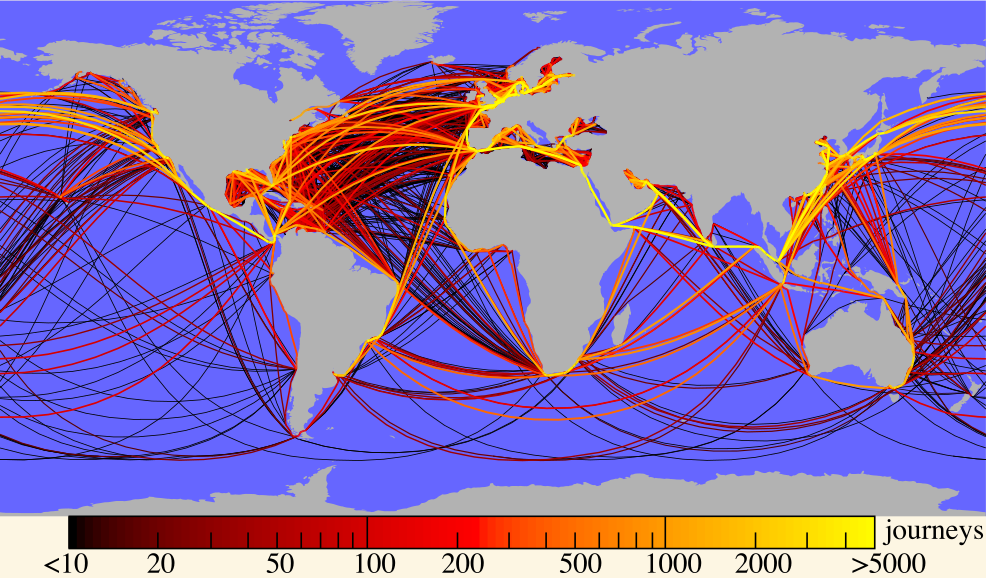We live in the era of “big data”. Visualizing data is an important step when summarizing information. Geographic maps are a popular means to visualize spatial data, but conventional maps often tell a misleading story. Usually, each map region is displayed with an area proportional to its actual land area.
Unfortunately, equal-area maps usually miscommunicate statistical data. In an election, for example, the land area of a region is irrelevant. Instead, well-designed infographics should visualize the number of votes in a region.
Cartograms are infographics that rescale map areas in proportion to statistical data (e.g. population size or the number of votes).
I am developing cartogram algorithms and software. The objectives are that
- the algorithms guarantee that all areas are scaled correctly.
- geographic neighbours remain neighbours on the cartogram.
- cartograms are presented with an intuitive user interface.


